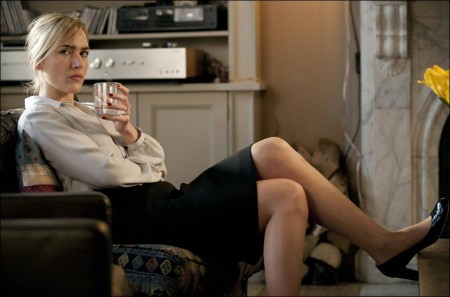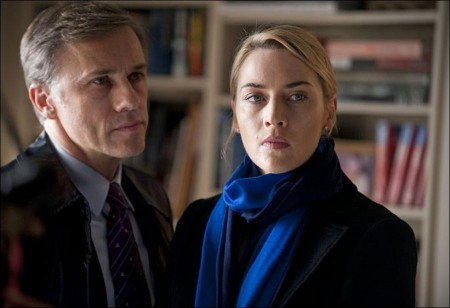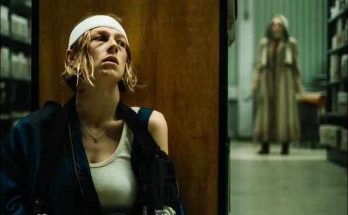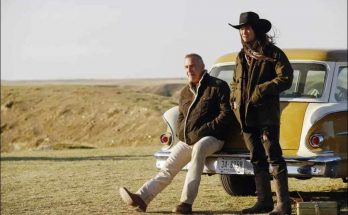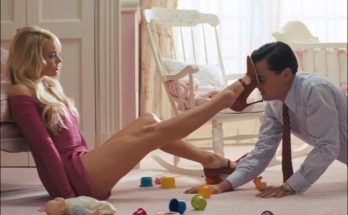A director known for his visual panache, Roman Polanski assembled a team of highly-creative behind the scenes collaborators including cinematographer Pawel Edelman, and Academy Award-winning production designer Dean Tavoularis and costume designer Milena Canonero.
The brief for his production and costume designers was straightforward. “I wanted realism for the set design and costumes and a contemporary look,” says Polanski. “Those were the two notes I gave Milena and Dean, they don’t need much advice!”
Almost as important as the four characters was the set. Constructed on the sound stages of Bry-sur-Marne on the outskirts of Paris, the set was created by production designer Dean Tavoularis, best known for his collaborations with Francis Ford Coppola on some of the most visually impressive films of the past 40 years including The Godfather trilogy, The Conversation and Apocalypse Now.
Tavoularis designed a floor plan for a set which would be as authentic as possible, where it was possible to walk from one room to another, or to look from one room down the corridor to another, just as one would do in a real apartment. He also designed the apartment so that it would bring an extra dimension to the narrative at key moments. So the bathroom is accessed only by the bedroom which brings a heightened frisson to the scene where Penelope is helping Alan change out of his wet trousers in the bathroom – they have to pass the bed on their way back to the living room.
Tavoularis, who worked with Polanski on The Ninth Gate, had never designed a film of this type, set in one room and with just four characters. “I tried to make it as real as possible. I’m always very concerned about the details of a set because you never know exactly how much the director is going to show, if you’re going to see inside the cupboard or inside the drawer. We had food and other items brought in from New York – and specifically Brooklyn – so that the apartment would be as authentic as possible. I was sure that some things wouldn’t be seen on camera, but I still dressed it properly for the actors. That’s especially important if you’re going to be on the one set for the whole film.”
His efforts certainly paid off. Says John C. Reilly: “When I saw the set, I thought that so much of my work had been done for me. Usually on films, the camera sees what the audience is meant to see so there’s only half a set or if you open a book there’s nothing inside the book…there’s a lot of artifice. But Dean’s set was filled with detail. It was completely realistic down to the strange little knickknacks on the shelves. The kitchen was almost functional. It definitely gave us a sense of place.”
One of the pleasures for the designer, who had almost retired from the film industry and was enjoying a life as a painter until he got the call from Polanski, was working in France. “I hadn’t done a film for a few years and I was astonished by how extraordinary the French craftsmen were. The carpenters, the painters, the prop makers were all of an exceptional caliber.”
Teaming up with Polanski again brought home to the designer just how broad the director‘s talents are. It was often Polanski who would see a way out of a problem, says Tavoularis. “His knowledge encompasses every aspect of filmmaking, from the design to the visual effects. He would know exactly how to explain how to put something right. He gets to the reality and to the core. He’s one of the greatest working directors in the world.”
Related Link: Read full production notes for Roman Polanski’s Carnage
Visits: 141
